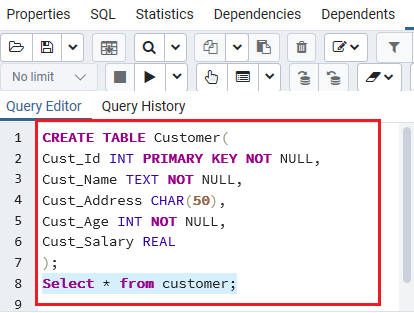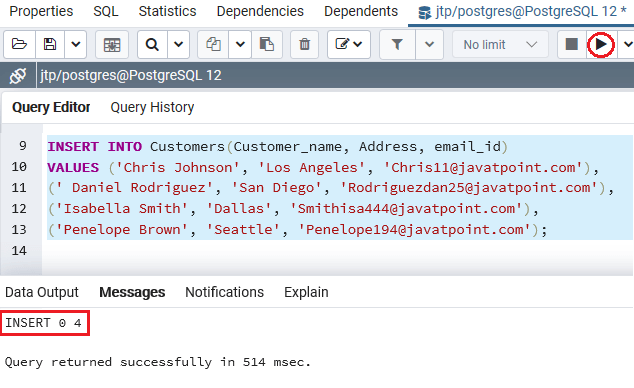
This form sets the per-column statistics-gathering target for subsequent ANALYZE operations. You can only use SET NOT NULL when the column contains no null values. These forms change whether a column is marked to allow null values or to reject null values. Default values only apply in subsequent INSERT or UPDATE commands they do not cause rows already in the table to change. These forms set or remove the default value for a column. A USING clause must be provided if there is no implicit or assignment cast from old to new type.
POSTGRES ADD CONSTRAINT HOW TO
The optional USING clause specifies how to compute the new column value from the old if omitted, the default conversion is the same as an assignment cast from old data type to new. The optional COLLATE clause specifies a collation for the new column if omitted, the collation is the default for the new column type. Indexes and simple table constraints involving the column will be automatically converted to use the new column type by reparsing the originally supplied expression.

This form changes the type of a column of a table.

IF EXISTSĭo not throw an error if the table does not exist. If IF EXISTS is specified and the column does not exist, no error is thrown. You will need to say CASCADE if anything outside the table depends on the column, for example, foreign key references or views. Indexes and table constraints involving the column will be automatically dropped as well. This form adds a new column to the table, using the same syntax as CREATE TABLE. RENAME CONSTRAINT constraint_name TO new_constraint_nameĪLTER TABLE ALL IN TABLESPACE name ]ĪDD column_name data_type ]ĭROP column_name ĪLTER column_name TYPE data_type ĪLTER column_name SET DEFAULT expressionĪLTER column_name DROP DEFAULTĪLTER column_name USING INDEX index_name

Synopsis ALTER TABLE name ĪLTER TABLE name


 0 kommentar(er)
0 kommentar(er)
